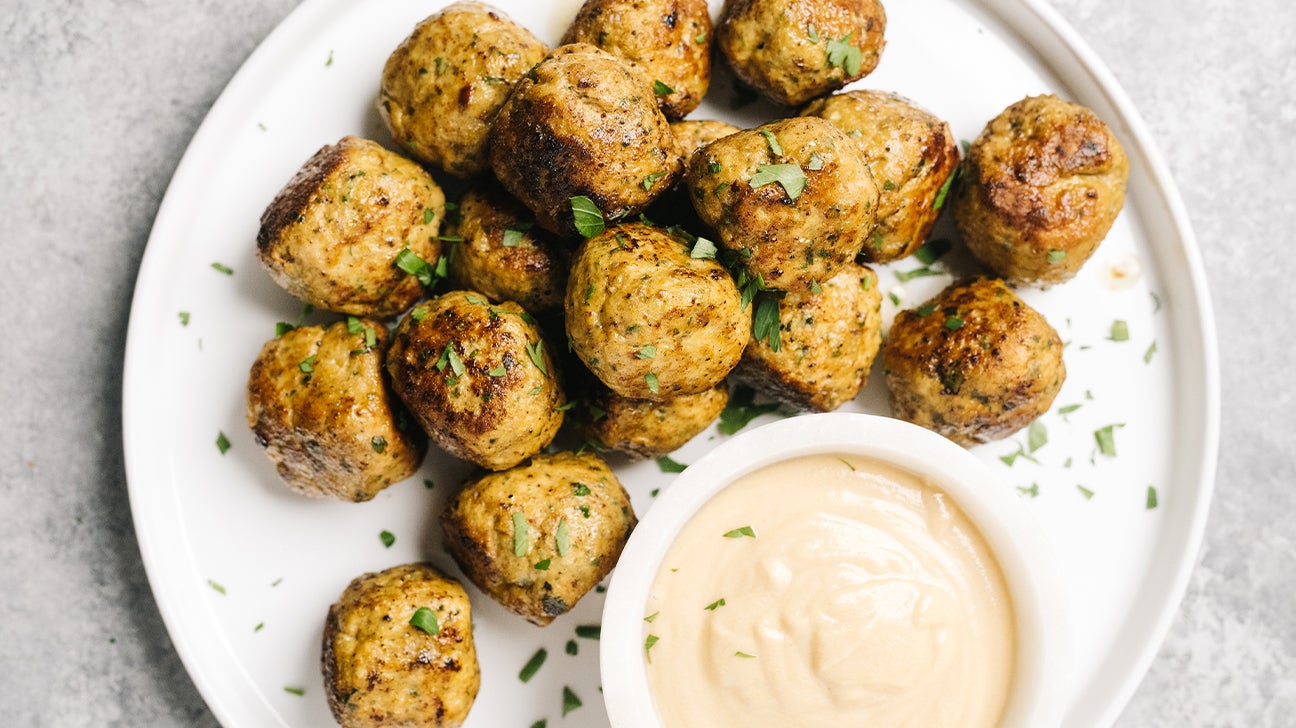Mayonnaise Substitute: Delicious Options for HealthConscious Cooking
Mayonnaise substitutes:
1. Sour cream:
– Two tablespoons (30 grams) of sour cream contain:
– Calories: 59
– Protein: 1 gram
– Fat: 6 grams
– Carbs: 1.5 grams
– Vitamins and minerals include vitamin A, riboflavin, vitamin B12, calcium, and phosphorus.
2. Pesto:
– A 1/4-cup (61-gram) serving of pesto contains:
– Calories: 260
– Protein: 3 grams
– Fat: 26 grams
– Carbs: 4 grams
– Fiber: 1 gram
– Vitamins and minerals include vitamin K, vitamin E, manganese, riboflavin, copper, and calcium.
3. Greek yogurt:
– A 7-ounce (200-gram) serving of plain, low-fat Greek yogurt contains:
– Calories: 146
– Protein: 20 grams
– Fat: 4 grams
– Carbs: 8 grams
– Micronutrients include phosphorus, vitamin A, calcium, and zinc.
4. Mustard:
– A low-calorie alternative to mayonnaise
– Less than 10% of the calories in mayonnaise
– Different varieties such as honey mustard or Dijon mustard can add flavor to salads and sandwiches.
5. Eggs:
– Can be used to make a homemade mayonnaise substitute
– Good source of protein, selenium, vitamin B12, and riboflavin
6. Olive oil:
– Healthy substitute for mayonnaise
– Rich in unsaturated fats and vitamin E
– May help fight inflammation, improve heart health, and protect against certain types of cancer
7. Avocado:
– Rich in nutrients like fiber, copper, folate, and vitamin E
– One cup of sliced avocados contains 234 calories, 3g protein, 21.5g fat, 12.5g carbs, 10g fiber, and various vitamins and minerals
– Homemade avocado “mayo” can be made using mashed avocado, olive oil, lemon juice, Dijon mustard, and seasonings
8. Hummus:
– Versatile ingredient that can be used as a substitute for mayonnaise
– Nutritious, high in fiber, protein, and micronutrients
– Two tablespoons of plain hummus contain 156 calories, 5g protein, 11g fat, 12g carbs, 3.5g fiber, and various vitamins and minerals
9. Tahini:
– Made from ground sesame seeds and can replace mayonnaise
– Provides a fresh flavor to dishes
– One tablespoon of tahini contains 89 calories, 3 grams of protein, 8 grams of fat, and 3 grams of carbohydrates
– Good source of copper, thiamine, phosphorus, selenium, and iron
– Recipe for vegan dressing using tahini, olive oil, lemon juice, water, salt, pepper, and garlic powder.

